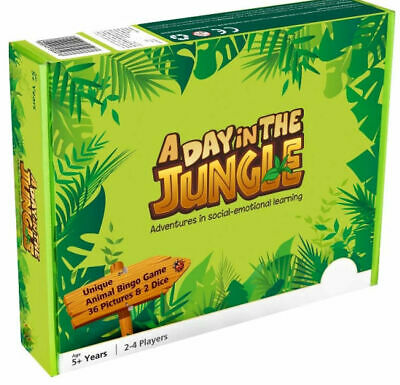-40%
I See, I Spell, I Learn® - Picture Homophones™ Flashcards - Sets 1 & 2 Combo
$ 17.41
- Description
- Size Guide
Description
I SEE, I SPELL, I LEARN® - PICTURE HOMOPHONES™ FLASHCARDS SETS 1 & 2Picture Homophones Set 1
has the following cards:
(33 cards in the set)
ate, eight, blew, blue, buy, by, bye, for, four, hear, here, hour, our, knew, new, knot, not, know, no, one, won, sea, see, son, sun, than, then, their, there, they’re, to, too, two.
Picture Homophones Set 2
has the following cards:
(33 cards in the set)
Cell, sell, cent, scent, sent, dew, do, due, die, dye, flour, flower, hair, hare, hole, whole, mail, male, pail, pale, right, write, sail, sale, sew, so, sow, tail, tale, threw, through, which, witch.
WHICH IS WITCH?
If your child struggles with Homophones, try these cards created by a dyslexia tutor. Homophones can be very confusing for children, especially those who struggle with memorization. The picture cues used in these cards have been tested and proven effective, as they allow the child to use right-brain strength to recall a picture in place of a letter. The cards are fun to teach and learn with. They can be used by parents, teachers and tutors. These cards are excellent for emerging readers and children with different learning styles.
Having a picture cue in the word helps the child read, because the visual cue relates to the meaning of the word. Not only is the picture tied in to the meaning, it is also put into context for comprehension when the parent/tutor reads out the sentence from the back of the card while the child looks at the picture.
The most unique feature about these cards is that they actually help the child spell Homophones. The cards are simple, uncluttered and fun for the child to look at and use.
One of the best features about these cards is their ease of use. A parent can use these cards at home to teach their children.
These flashcards give young children everywhere a fun way to learn the difference between Homophone pairs. The pictures give children something tangible to hold on to, greatly reducing the time it takes to master spelling and reading of confusing Homophones.
Picture Homophones are also excellent for children with special needs and can easily be incorporated into any Orton-Gillingham-based program or any Reading & Spelling program by tutors.
How to use Picture Homophones cards
READING INSTRUCTIONS:
Do reading exercises before introducing spelling.
Hold up the card. Show the picture and say, "This is the word _____."
Read aloud the sentence on the back while the child looks at the picture.
Explain the meaning of the word and discuss the picture and sentence.
Create other sentences using the word. Ask the child to make up a sentence with the word.
Bring out the matching Homophone. Follow the same steps as above. Explain how both words have the same sound, but different spellings and meanings. Point out the differences in the two words. Place both cards side by side so your child can visually see the differences in the pictures and spelling.
Here are a few creative ways to use the cards:
Flip Over Game:
Once the child has seen the picture cues a few times, spread out the cards with the pictures facing down. Point to each word (with no picture clue). Have the child read the word aloud. (Do not make them read the entire sentence.) If they don’t know the word, they can flip the card over to see the picture cue. Tell them the word if they don’t get it themselves.
Go Fish:
Use the Homophone pairs to play the game. (Hide the words carefully!)Z
How do use Picture Homophones cards - SPELLING INSTRUCTIONS:
Learning to differentiate between Homophone spellings takes time. Only work on spelling
after
the child has seen the pictures a few times and can read the words. Help your child engage with and remember the picture, rather than memorizing a letter over and over. Here are some ideas:
Make it Art:
Have your child
draw
the word with its picture cue. Use the word "draw", not "spell".
"What's Different?":
Study each Homophone side by side. Discuss the differences in spelling. Write down two Homophones with blanks for the differing letter(s). For example, "sea" and "see". Write "se__" and "se__".
Say a sentence aloud using “see” - “I
see
a duck in the pond”. Ask your child which picture goes with "see". Guide the child to remember the missing letter. For example, ask: "What do you
see
with? Which picture had two eyes in it?" If the child can’t remember the letter “e”, show the picture again.
Now make a sentence with the Homophone “sea” - "I like to sail boats on the
sea
.” Ask your child which picture goes with “sea”. You could say: “What letter had hair like waves on the sea?” If the child can’t recall “a” (Anna), show the picture again.
Make up stories with the pictures and have fun with the cards!
All images and text are Copyright 2012-2018, I See, I Spell, I Learn, LLC. All Rights Reserved.













